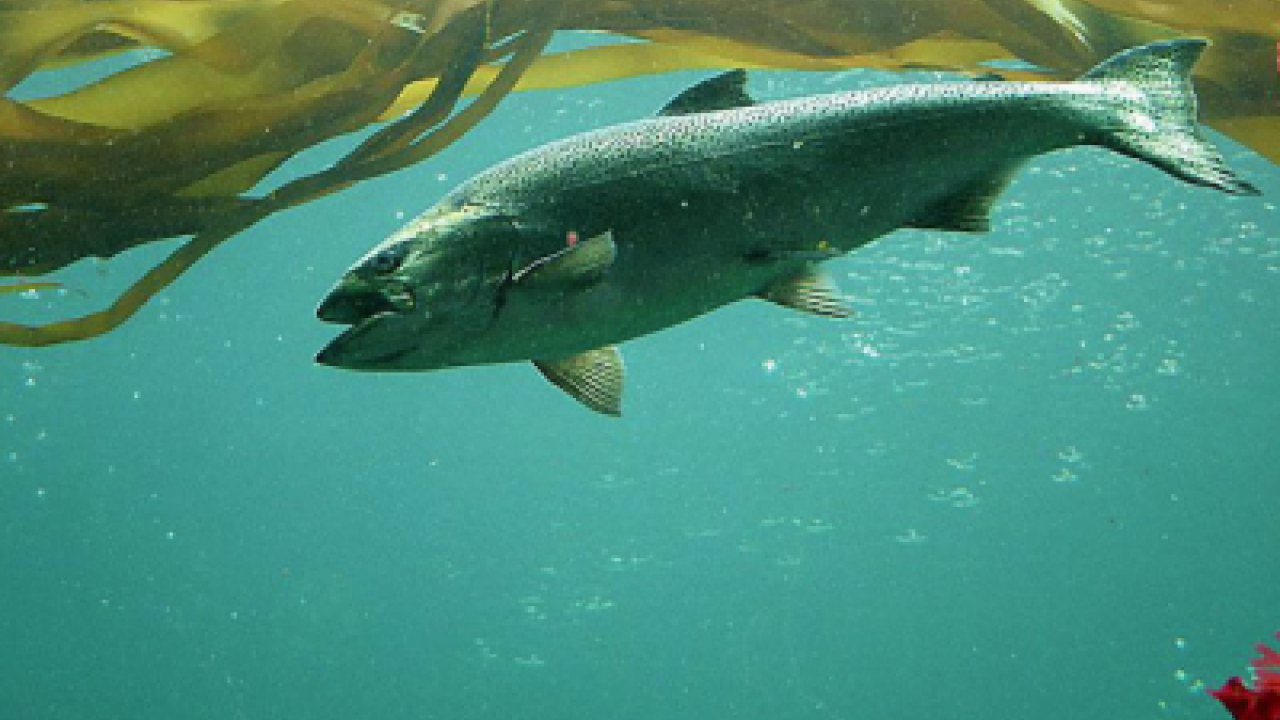
Species in the Spotlight: Sacramento River Winter-Run Chinook Salmon
The Sacramento River Winter-Run salmon is one of NOAA Fisheries' Species in the Spotlight. The study showed salmon used these habitats. In total, the researchers found evidence that the winter-run juvenile salmon were using some combination of Battle, Deer, Mill and Antelope creeks in the northern Central Valley, as well as the Feather and American rivers further south, and the Delta at the confluence of the Sacramento and San Joaquin rivers."
You can read the paper here: Phillis CC, Sturrock AM, Johnson RC, Weber PK. 2018. Endangered winter-run Chinook salmon rely on diverse rearing habitats in a highly altered landscape. Biological Conservation 217: 358-362.
Protecting habitats for imperiled species is central to conservation efforts. However, for migratory species, identifying juvenile habitats that confer success requires tracking individuals to reproduction. Here, we used otolith strontium isotope ratios (87Sr/86Sr) to reconstruct juvenile habitat use by endangered Sacramento River winter-run Chinook salmon that survived to adulthood. The isotope data revealed that 44–65% of surviving adults reared in non-natal habitats, most of which is not designated as critical habitat under the Endangered Species Act. Juveniles entered these non-natal habitats at small sizes, yet left freshwater at a similar size to those that reared in the mainstem Sacramento River, suggesting these alternate rearing habitats provide suitable growth conditions. These findings indicate Sacramento River winter-run Chinook salmon rely on rearing habitats across a broader geographic region than previously known, potentially opening up greater restoration and conservation opportunities for species recovery.
